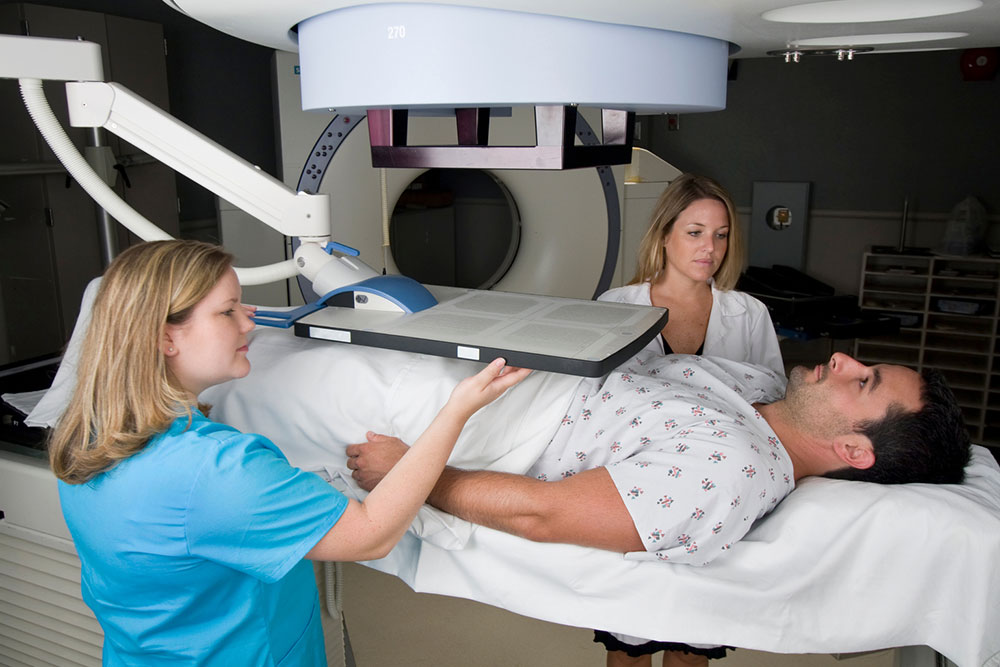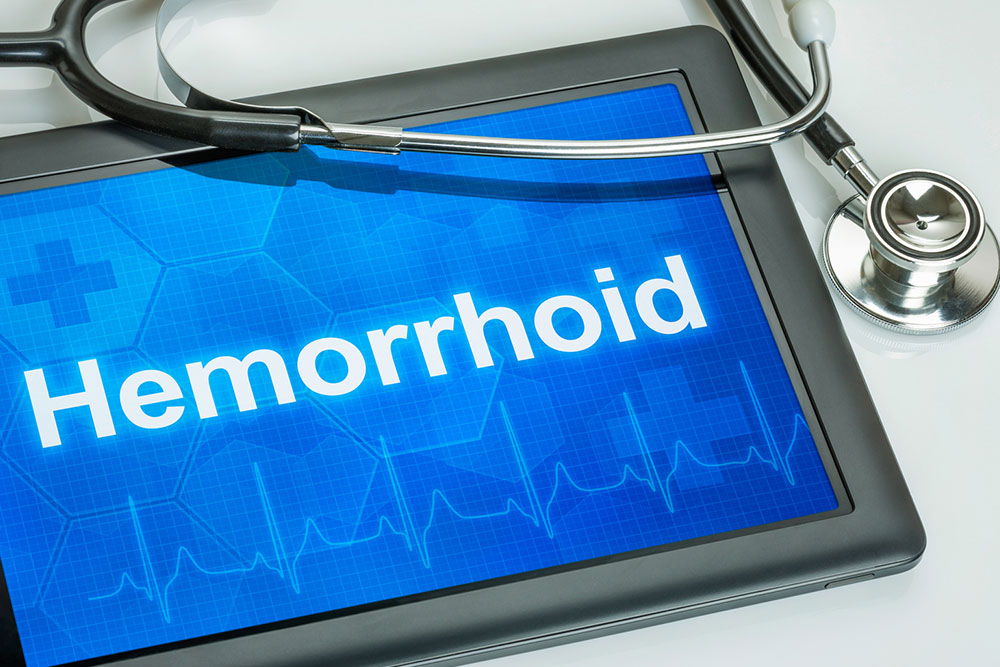
health
4 known side effects of antidepressants
Typically intended for the management of mental health conditions like depression and anxiety, antidepressants can help relieve symptoms of these disorders. However, it is important to know exactly what to expect when one is prescribed this form of treatment. Given how powerful they are, antidepressants come with a few side effects—both minor and major. Here is a look at some of the common side effects to help one make an informed decision: 1. Drop in sodium levels Some antidepressants can trigger a severe drop in sodium levels in the blood, which is also called hyponatremia. This side effect is often more common among older adults, as fluid and sodium regulation becomes more difficult with age. The low sodium levels tend to cause a build-up of fluids inside the cells, an outcome that can lead to complications like headaches, muscle pain, a reduced appetite, sickness, confusion, agitation, psychosis, seizures, disorientation, and feeling tired and listless without engaging in any physical activity. Certain antidepressants tend to suppress the hormones that regulate sodium and fluid levels. 2. Diabetes Certain studies have found a link between long-term antidepressant usage and diabetes. According to the research, those on antidepressants are at a higher risk of developing type-2 diabetes than those who are not.
Read More 










